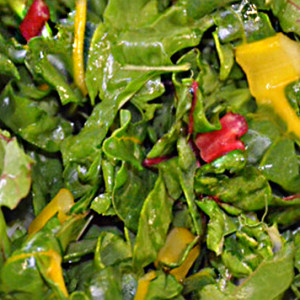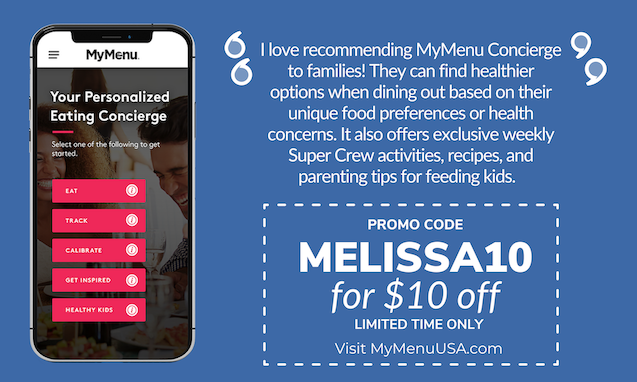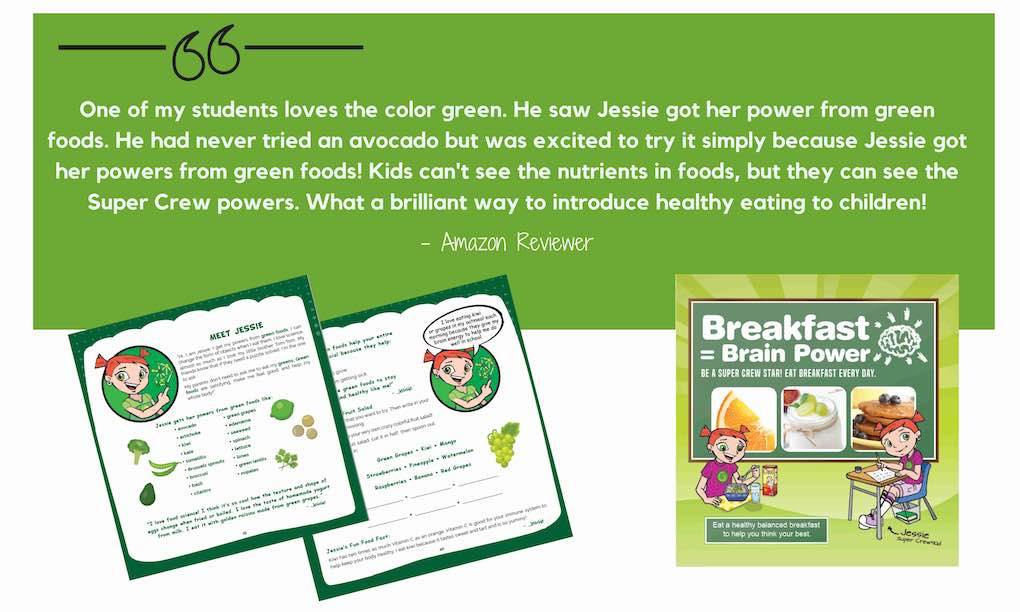
Not sure of the portion sizes your child needs for each food group? The Choose MyPlate portion sizes are listed below.
Most parents want to know if they’re offering enough of each food group. It can be tough to navigate as your child gets older and nutrition needs change. Once you have the proper information to fuel your kid the right way, life will become much easier! Here’s a helpful guide on portion sizes of fruit, vegetables, whole grains, protein, dairy and oils for kids ages four to eighteen. For a full list of portion sizes for each food group for ages 2 to 18 years old see our new article: Food Portion Sizes for Children: Toddlers to Teens.
Portion Size for Food Groups Based on Age
| Age | Fruit | Vegetables | Grains | Protein foods | Dairy/Calcium-rich foods | Oils Allowance |
| 4- 8 yrs | 1 1.5 cups | 1.5 cups | 5 oz. equivalents* | 4 oz. equivalents** | 2.5 cups | 4 teaspoons |
| 9-13 yrs girls | 1.5 cups | 2 cups | 5 oz. equivalents* | 5 oz. equivalents** | 3 cups | 5 teaspoons |
| 9-13 yrs, boys | 1.5 cups | 2.5 cups | 6 oz. equivalents* | 5 oz. equivalents** | 3 cups | 5 teaspoons |
| 14-18 yrs, girls | 1.5 cups | 2.5 cups | 6 oz. equivalents* | 5 oz. equivalents** | 3 cups | 5 teaspoons |
| 14-18 yrs, boys | 2 cups | 3 cups | 8 oz. equivalents* | 6.5 oz. equivalents** | 3 cups | 6 teaspoons |
*1 oz equivalent of Grains: 1 mini bagel, ½ cup of cooked rice, ½ cup of cooked pasta, or 1 regular slice of bread.
**1 oz equivalent of Protein Foods: 1 egg, ½ oz of nuts or seeds, 1 oz of cooked meat/poultry, fish, 1/4 cup of cooked beans or 1 tablespoon of peanut butter. To learn more about portions visit: https://www.choosemyplate.gov/
Calcium-rich Food Considerations for Kids
While dairy is a great source of calcium, you can also consider including non-dairy sources of calcium-rich foods to meet calcium needs. For example, 2.5 cups to 3 cups of dairy per day may not be realistic or needed for all children. In addition, some children do not like or tolerate dairy. If your child does not tolerate or enjoy milk, try yogurt in 4 oz. servings and increase as desired. Dark leafy greens, many types of beans and calcium and vitamin D fortified foods such as tofu and cereal offer calcium. A diet high in plant-based foods with adequate vitamin D provides additional protection from osteoporosis.
Age-Specific Recommendations
If you’re looking for more guidance for your kids, check out these links below for additional information and ideas!
- Sample Day of Meals for a 4-Year-Old Child
- Sample Day of Meals for a 6-Year-Old Child
- A Vegan Sample One-Day Menu for High School Student














